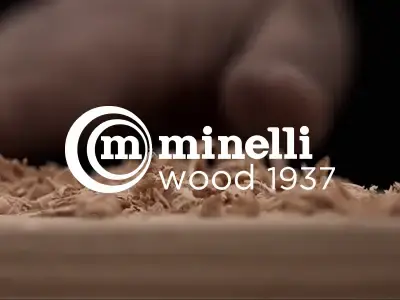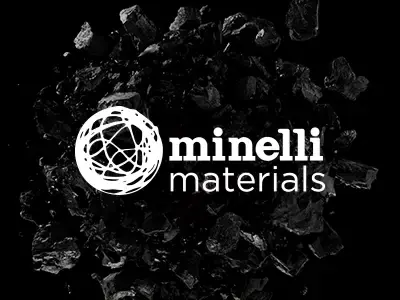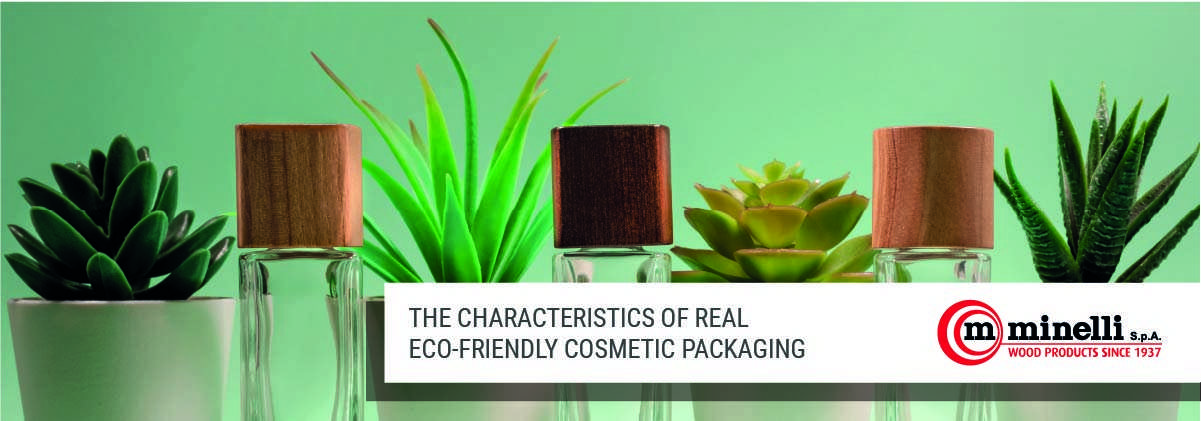
For many brands, eco-friendly cosmetic packaging just means “recyclable,” but this is not enough today. Many other variables need to be considered to say a product is 100% sustainable. Eco-friendly packaging is about clear and specific environmental benefits during the entire production process.
How do you recognize real eco-friendly packaging components? Let’s discuss the topic in the following article.
Eco-friendly cosmetic packaging: definition and meaning
Some years ago, specialists would have defined cosmetic design as sustainable if it had met five criteria:
- removable
- reductive
- recyclable
- renewable
- reusable
Today, this list includes just the famous 3 Rs that characterize the circular economy model:
- reduce
- reuse
- recycle
But a new concept has been added: rethink.
It means encouraging companies to strive for more green options, which goes beyond simple ecological packaging.
Some new and innovative concepts were then born, from the most sustainable threaded caps to biodegradable packaging that can even be planted.
Not just brands with a green DNA are looking for eco-friendly solutions. Leading companies of the luxury industry are also heading in this direction. They realize that consumers are more prone to buy from companies that have a sustainable approach, and they are even willing to pay more for eco-friendly cosmetic packaging.
Especially millennials and Generation Z are willing to choose different brands depending on the company’s commitment to environmental issues. They stand for conscious consumption and understand the benefits that eco-friendly packaging brings on a global scale, including a smaller carbon footprint and overall reduced usage of resources.
Sustainability can therefore have a direct effect on consumers’ brand loyalty.
Wood is the most sought-after material for luxury cosmetic packaging
Luxury brands often choose wood for sustainable cosmetic packaging, as it is prestigious and elegant and gives a tactile experience that is unthinkable with other materials.
.jpg?width=500&name=Th-legnavis-white+green-2(1).jpg) Moreover, if managed by a competent manufacturer, wooden packaging components respond to the four key variables to ensure success:
Moreover, if managed by a competent manufacturer, wooden packaging components respond to the four key variables to ensure success:
- Cost-effectiveness
- Sustainability
- Functionality
- Customization
Offering wooden packaging components in your catalogue can let you be competitive in today’s market and satisfy the needs of modern consumers. However, not all wood is sustainable.
Many people believe that being a natural material wooden packaging can always be considered eco-friendly, but there are many aspects to consider. Let’s discuss them.
When is wooden cosmetic packaging 100% sustainable?
Wooden packaging is sustainable if it is collected, managed, and distributed in a sustainable way. It means the manufacturing company must adopt an overall eco-friendly approach, paying attention to the environment during every step of the production process.
Here are some aspects to consider.
A reliable wood maker works to reduce the company’s carbon footprint
The carbon footprint (i.e., the amount of carbon dioxide released into the atmosphere through industrial activities) is extremely risky for the planet for many reasons:
- it causes climate change
- it worsens air pollution
- it leads to toxic acid rain
- it provokes melting of glaciers and polar ice
It is crucial for companies to commit fully to reduce it by applying some good practices. For example, producing wooden components where raw material is collected makes transportation logistics more sustainable and shortens the process that raw materials go through to reach production.
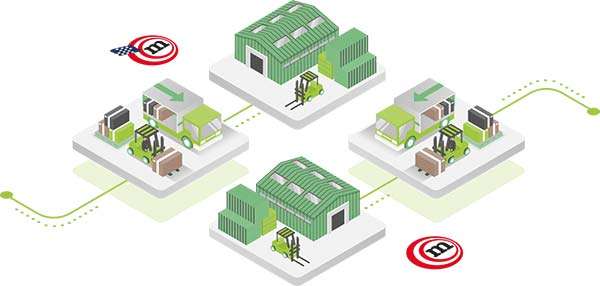
A responsible supplier adopts a circular economy model and uses energy-efficient implants
As discussed before, the three principles of the circular economy model are reusing, recycling, and reducing. Reusing scraps is one of the best ways to avoid wasting precious raw material, saving money and resources.
Wood manufacturing produces many discarded materials that can be used to create new items, such as wooden cosmetic caps.
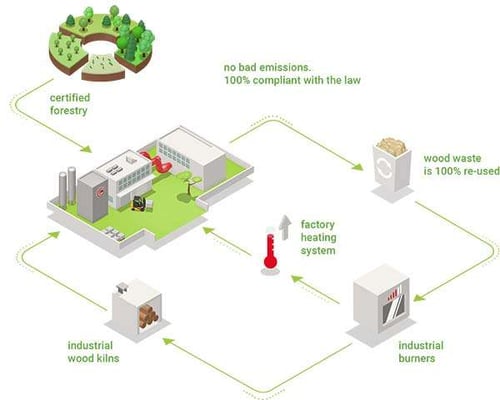 Also periodically conducting specific audits to track the company’s energy consumption is crucial to increase efficiency.
Also periodically conducting specific audits to track the company’s energy consumption is crucial to increase efficiency.
The manufacturing company must comply with the most rigorous standards
Wood must be FSC and PEFC certified to ensure it is collected respecting specific rules for the preservation of forests and provides environmental, social, and economic benefits to local communities. Sustainable logging, which we talked about in this article, means cutting trees and getting wood from forests while caring about wildlife and the ecosystem.
But a wood manufacturing company must also comply with other regulations:
- EUTR 995 and The Lacey Act, which were introduced to avoid the circulation of illegally harvested timber in the European and U.S. market respectively, ensuring stronger monitoring of the supply chain.
- REACH (EC 1907/2006), a European Union regulation that aims to protect human health and the environment from potential risks caused by chemical substances.
Wood product manufacturing and, in general, the manufacturing industry is fundamental for providing jobs, improving living standards, and generating economic growth. To increase competitiveness, however, sustainable manufacturing should be a primary objective for companies.
Eco-friendly cosmetic packaging made of wood is prestigious, elegant, and safe for people and the environment, as it reduces our environmental impact if managed by a responsible wood maker.
Offering it in your catalogue is a way to demonstrate your concern for the environment and that you listen to your customers’ wants.
If you want to add premium custom-made wooden components for cosmetic packaging in your catalogue, do not hesitate to contact us. Our experts can help you give shape to your idea!
